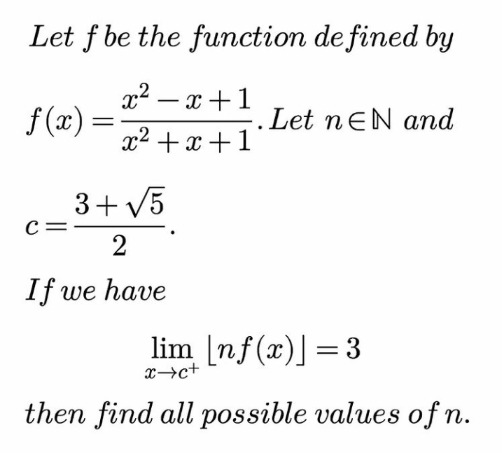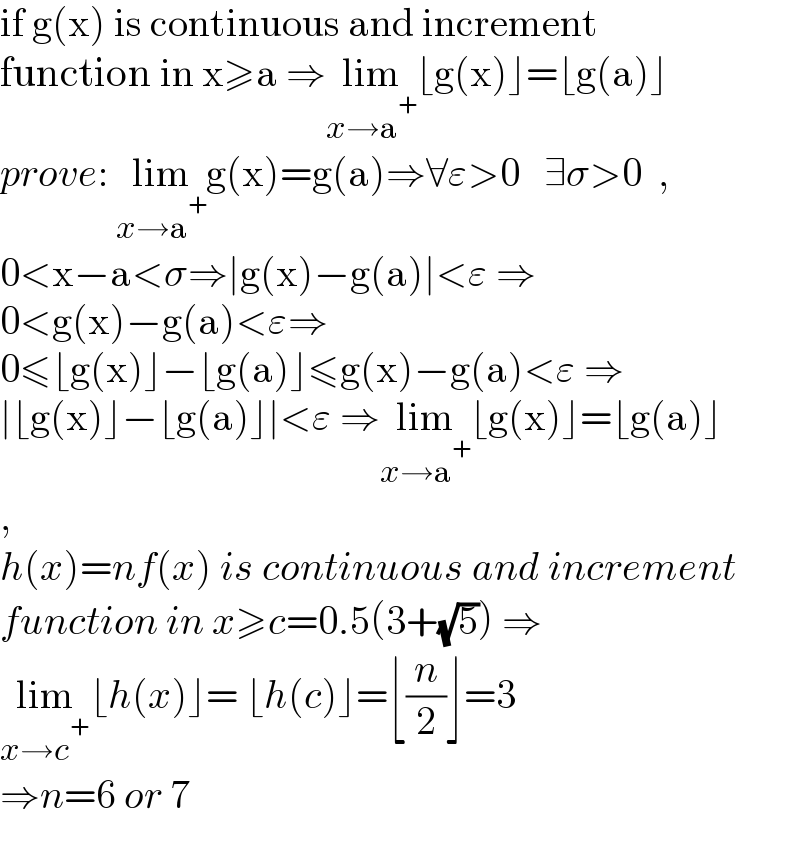
Question and Answers Forum
Question Number 165441 by mnjuly1970 last updated on 01/Feb/22

Answered by mahdipoor last updated on 01/Feb/22

| ||
Question and Answers Forum | ||
Question Number 165441 by mnjuly1970 last updated on 01/Feb/22 | ||
 | ||
Answered by mahdipoor last updated on 01/Feb/22 | ||
 | ||
| ||